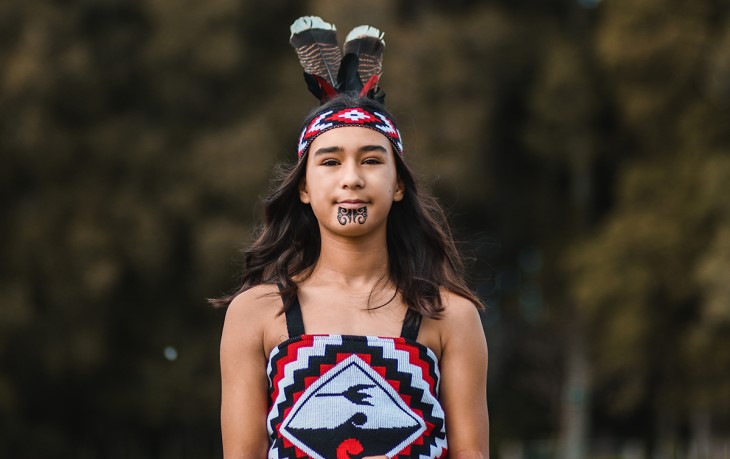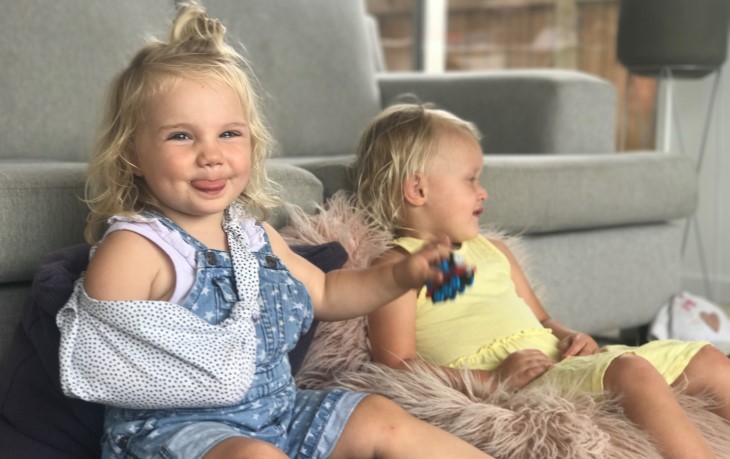Maya's story: Bouncing back from a serious injury
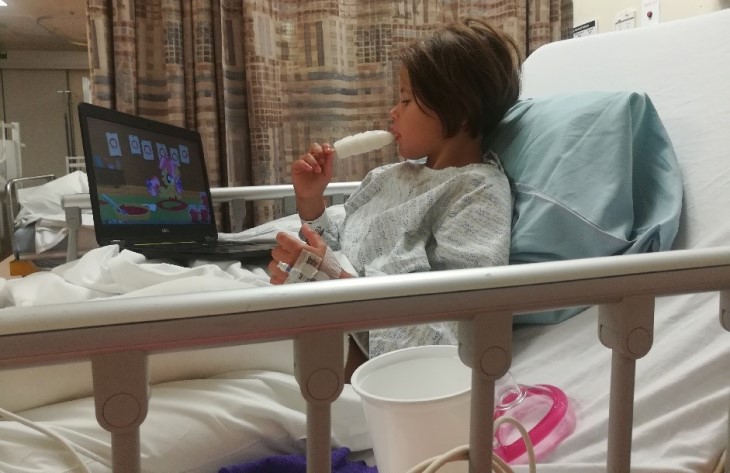
After a double bounce on a trampoline went wrong, young Maya Rutherford sustained a serious injury. Her family are helping tamariki avoid a similar story.
These days Christchurch mum Kate Rutherford is more safety conscious about trampoline use.
She is more cautious after her 10-year-old daughter Maya suffered a serious leg injury which required surgery.
In 2018 Kate and her husband were out for the evening. Their babysitter joined Maya and her brother Alexander on the trampoline before bedtime.
They were having a fun time but that was about to change when a double-bounce sent seven-year-old Maya flying through the air.
With the teenaged babysitter’s weight down on the trampoline, Maya landed on a taut surface which was rock hard. The impact fractured her left leg.
“One minute she was having fun, and the next she was flying in the air and with the trampoline mat being tight she came down hard,” says Kate.
“It was like landing on concrete.”
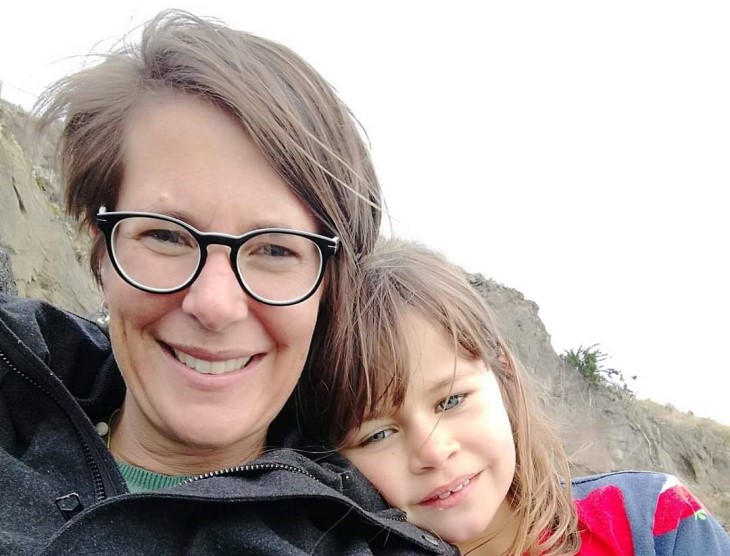
“Injuries can have a big impact on a young person’s life”
Kate says they don’t blame their babysitter. “She was just having fun with our kids. But it shows how easily a serious injury can happen on the trampoline.”
Maya initially seemed okay so they thought it was probably just a sprain. “But that night she was in a lot of pain,” says Kate. “She slept badly so we took her to A and E [Accident and Emergency] the following morning. They decided to operate straight away.”
Maya had fractured her left leg and damaged the growth plate. She needed corrective surgery.
ACC has played a leading role in Maya’s recovery and rehabilitation.
“It’s been three years and soon she will need one, maybe two surgeries to correct the injury which will be hard for Maya at such a young age.”
Kate says playing on the trampoline is a great activity for the family. But she encourages parents to have safety at the forefront of their minds.
“Our kids love the tramp and spend hours out there having fun," she says. “It is a great way to exercise and with our kids being four years apart in age it has brought them together.
“But people don’t realise how dangerous tramps can be. Injuries can happen really quickly, and that moment can have a big impact on a young person’s life and growth.”
Kate doesn’t allow her kids to double bounce on the trampoline anymore.
She says it is too dangerous and the young kids’ bones haven’t developed to take that sort of impact when they land.
“Accidents happen in life and we want our kids to be kids and play and have fun, but we also want to protect them and keep them safe.”
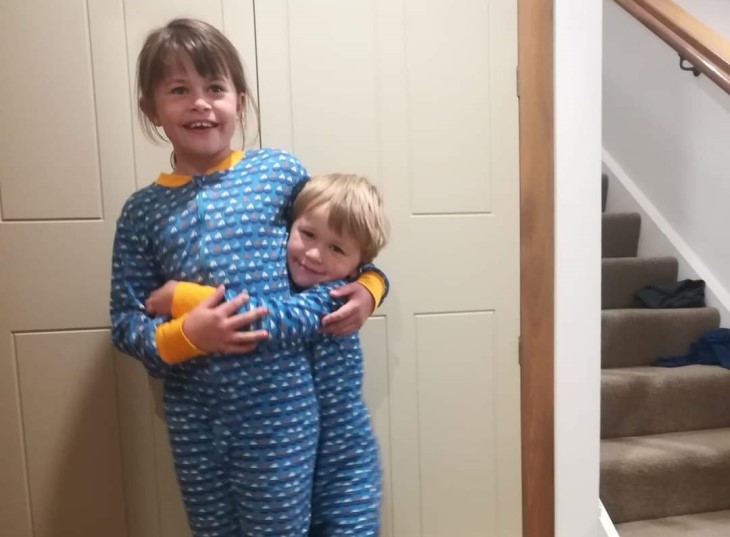
The cost of injuries to our tamariki
In 2020 we accepted more than 220,000 claims for injuries to tamariki aged 14 and under.
These injuries came at a cost of $253m which was the highest cost for the past five years.
Our Injury Prevention Leader James Whitaker says having fun on the trampoline and in the outdoors is part of growing up in New Zealand.
“Being active is all part of a healthy childhood in Aotearoa, along with the scraped knees and bumped heads that sometimes go with it,” he says.
“When tamariki are injured, we’re here to help. That is regardless of whether the injury happens at home, school or out in the community doing the things they love.”
As we come into the summer holidays, James encouraged parents to think about the risk of injury. “Our research shows 90 percent of injuries are predictable and therefore preventable,” he says.
“We all need take a moment to consider the risk of injury before we take part in that activity. If we 'Have a Hmmm' we are likely to prevent the injury happening in the first place.”
James says there is a huge social cost to the child and their whānau when they get injured. For Maya she has had ongoing surgeries and complications from her injuries. Her parents are concerned about the long-term effects of her injury.
Safekids Aotearoa data shows that fractures are a common trampoline injury.
Of those children who attended hospital for a trampoline injury, 80 percent of them were fractures.
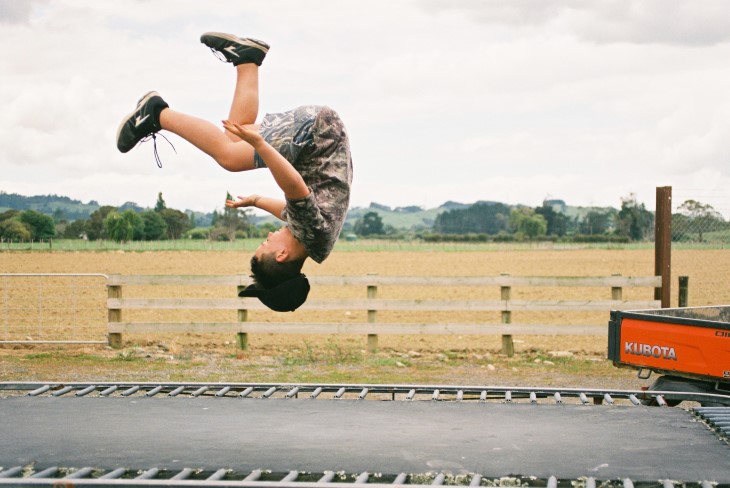
Investing in keeping our tamariki safe
We spend around $80m every year on injury prevention.
We invest in programmes to help keep tamariki safe. We teach them important skills like water safety (Water Skills for Life) and how to respond in an emergency. We teach them how to prevent injuries to themselves and others (St John in Schools programme).
And we partner with Safekids Aotearoa to help promote safety for our tamariki.
Safekids Aotearoa and ACC share a vision. We want every child in New Zealand to enjoy a childhood free from traumatic and unintentional injury.
“We want our kids to grow up having a huge amount of fun and making the most of life,” says James.
“But we also want to encourage our tamariki to grow up learning about the risk of injury and help them to make better decisions.”
For more about SafeKids Aotearoa:
Seven tips for safe use of trampolines
- Actively supervise children.
- Reinforce safety rules, including only one person using the trampoline at a time.
- Ensure the trampoline meets the Australian or European safety standard.
- Follow manufacturer’s guidelines for assembly, positioning, maintenance, and use.
- Always use safety pads.
- Ensure pads and nets are correctly installed.
- Regularly inspect and maintain trampoline. Replace damaged parts. Don't use water, detergent, or other objects on the trampoline.



